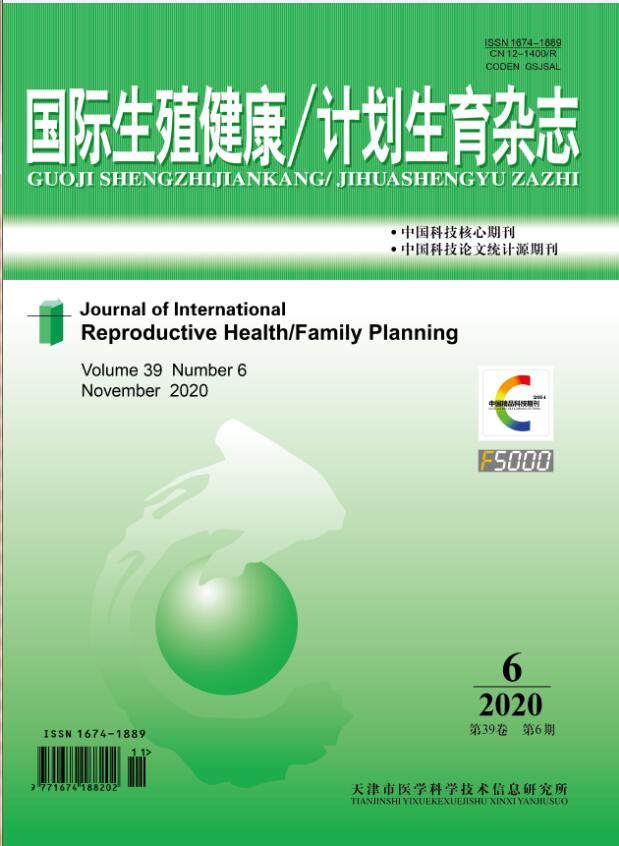|
|
Correlation between FSH and Metabolic Syndrome in Postmenopausal Women: A Meta-Analysis
MA Ting,SUN Xiao-yan,YU Xiao,ZHANG Xue-hong
2019, 38 (6):
471-477.
Objective:To investigate the correlation between metabolic syndrome (MS) and serum follicle-stimulating hormone (FSH) level in postmenopausal women. Methods:PubMed, Web of Science, CNKI and VIP databases were searched to collect observational studies on the relationship between FSH level and MS in postmenopausal women. The retrieval time was from the establishment of the database to March 31, 2019, and the languages were Chinese and English. RevMan 5.3 software was used for Meta analysis. Results:A total of 6 case-control studies and 2 cross-sectional studies were included in the meta-analysis, including 494 cases of post-menopausal women with MS and 603 cases of post-menopausal women without MS. There was no significant difference in FSH level between postmenopausal women with MS and without MS. The subgroup analysis also showed that there was no significant difference in the FSH level detected by enzyme-linked immunoassay between above two groups (SMD=-0.29, 95%CI: -0.93~0.35, P=0.38). However, the FSH level detected by chemiluminescence (SMD=-0.72, 95%CI: -1.03~-0.41, P<0.000 01), or by radioimmunoassay (SMD=-0.38, 95%CI: -0.65~-0.11, P=0.006), in MS postmenopausal women was significantly lower than that in non-MS post-menopausal women. In addition, FSH levels in early and middle menopausal MS women were lower than those in non-MS menopausal women. After sensitivity analysis, FSH level of post-menopausal MS women was significantly lower than that of post-menopausal non-MS women (SMD=-0.44, 95%CI: -0.77~-0.11, P=0.009). Conclusions:The lowered level of FSH may be a risk factor of MS in postmenopausal women.
References |
Related Articles |
Metrics
|

